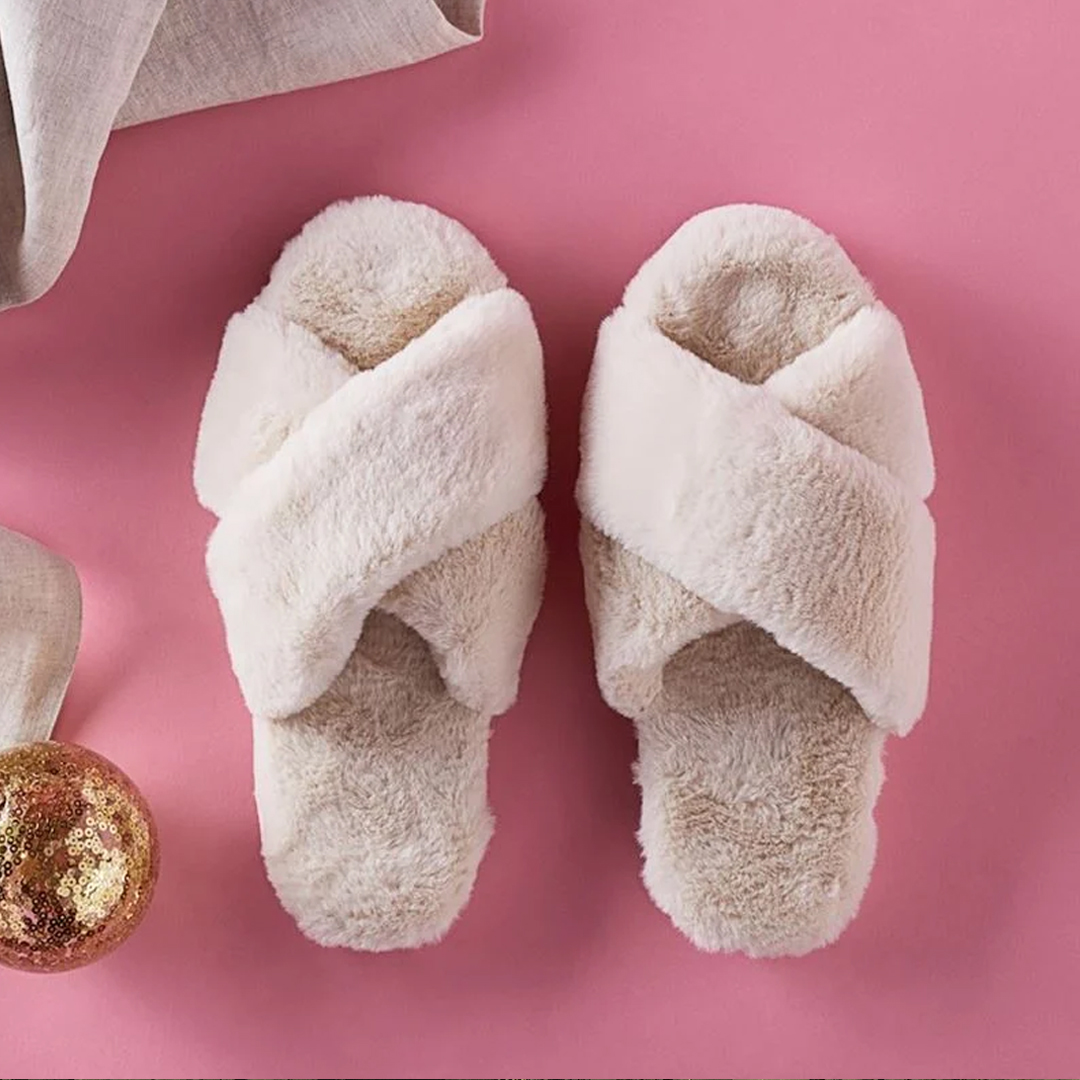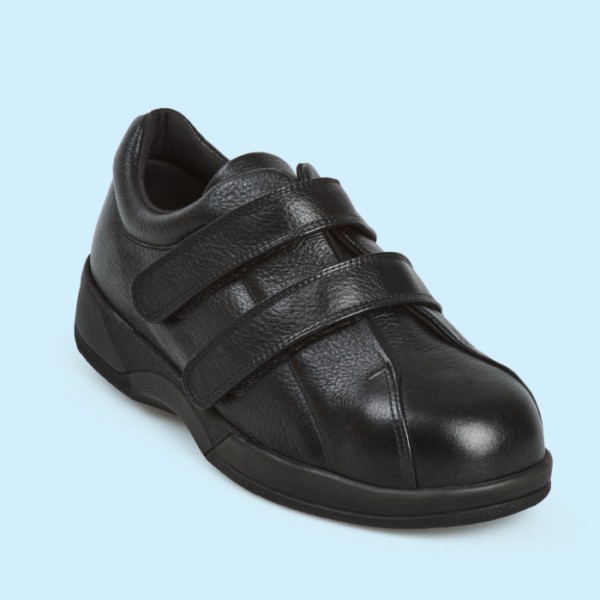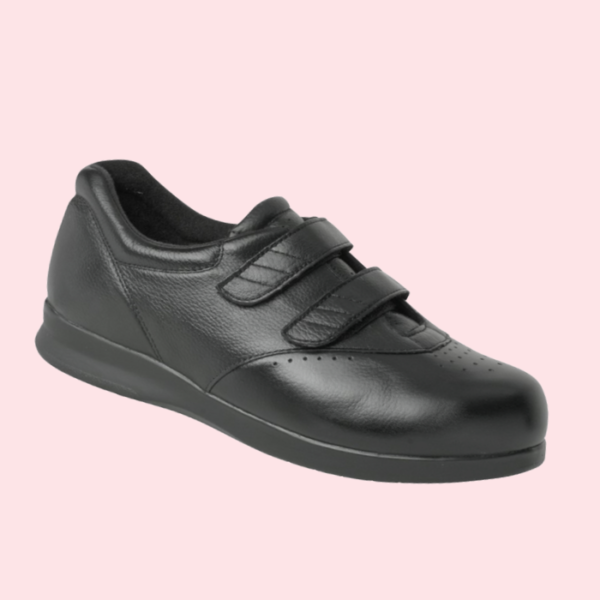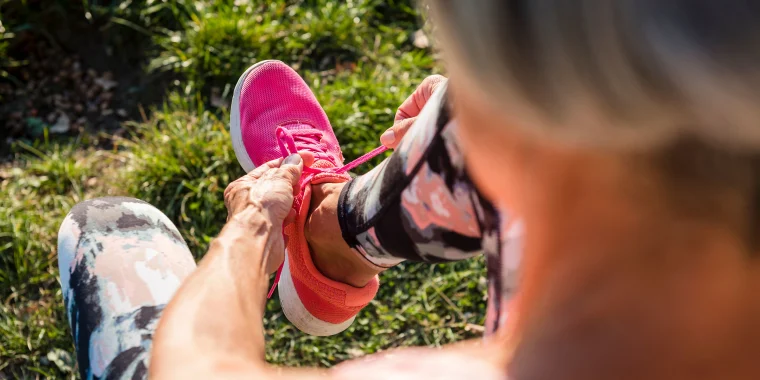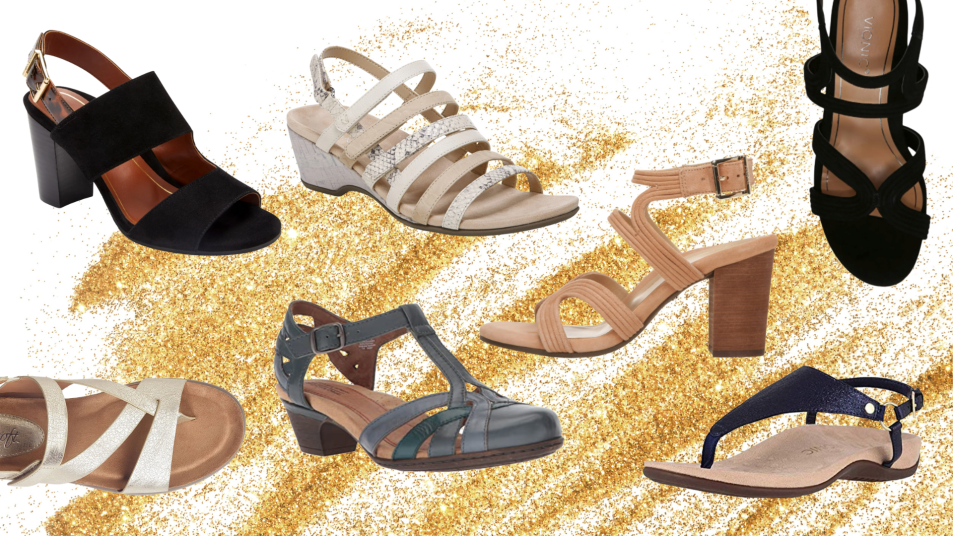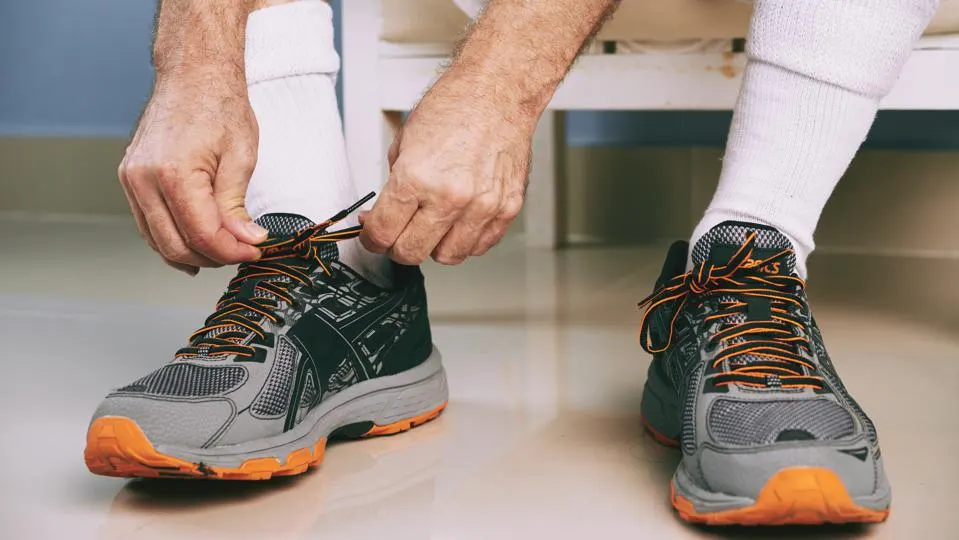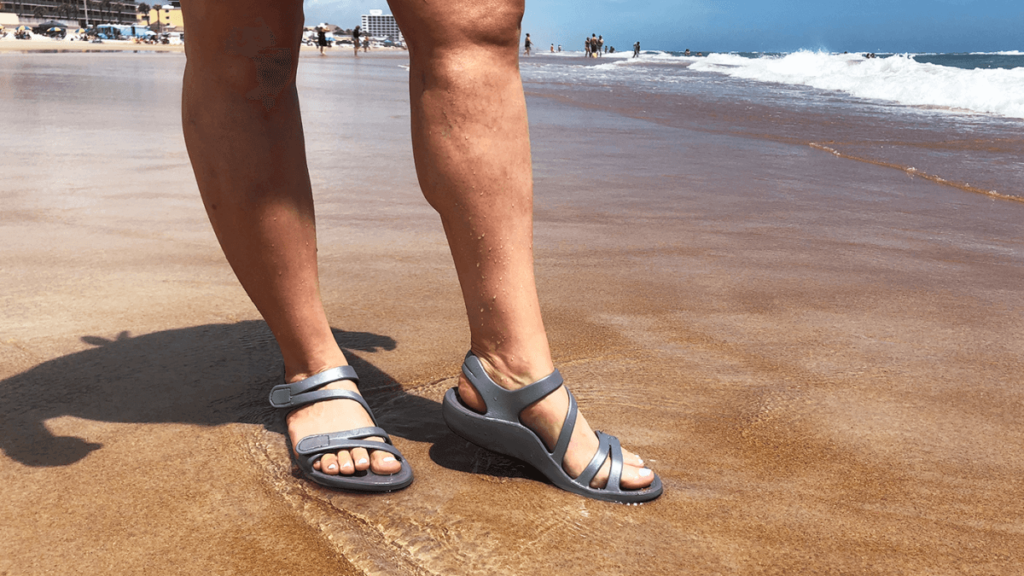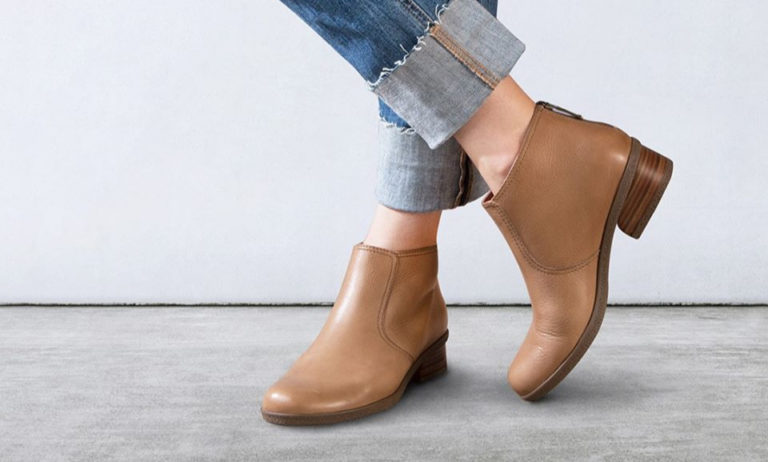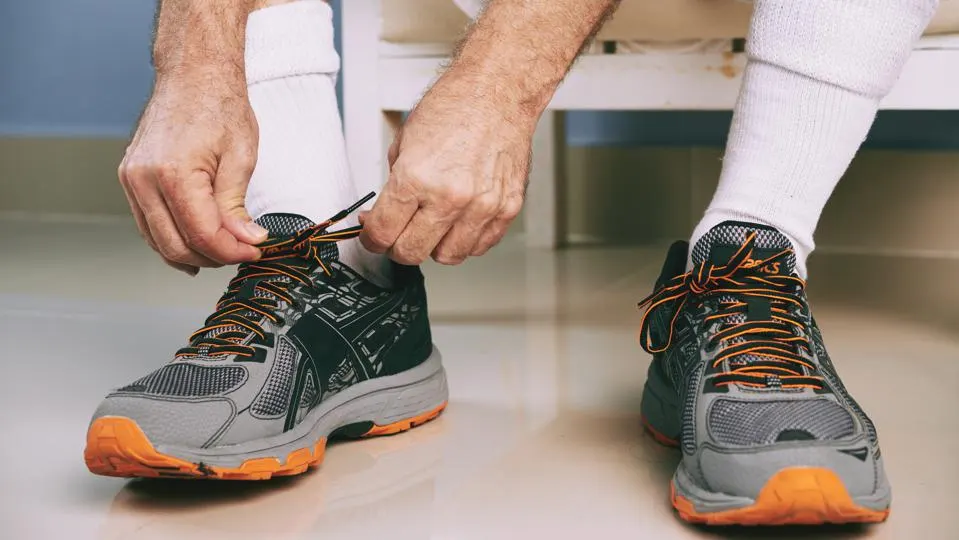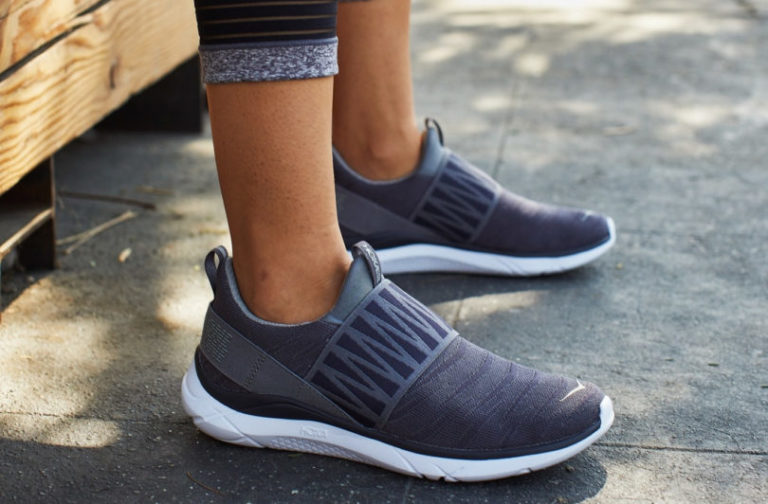Walking shoes are essential for people who have to spend long hours standing or walking. When it comes to finding the best walking shoes for plantar fasciitis, it’s essential to look for some key features to ensure maximum comfort and support.
Top 7 Features to Consider For Best Walking Shoes For Plantar Fasciitis
Here are some of the features to consider when buying the best walking shoes for plantar fasciitis:
1. Arch Support
The arch support is a critical factor in choosing walking shoes for plantar fasciitis. Look for shoes with excellent arch support that helps to reduce the pressure on the plantar fascia. When dealing with plantar fasciitis, proper arch support is crucial. Look for shoes that have a well-designed arch support system. This helps to distribute the weight evenly across the foot, reducing stress on the plantar fascia. The arch support should be firm enough to provide stability but not overly rigid. Consider shoes with contoured insoles or built-in arch support technology like EVA foam or supportive shanks.
2. Cushioning
Cushioning helps to reduce the impact on the feet when walking, which is beneficial for people with plantar fasciitis. It also provides additional comfort and support. Cushioning plays a significant role in absorbing shock and reducing the impact on the feet during walking. Look for shoes that offer ample cushioning in the heel and forefoot areas, as these are the regions that experience the most pressure. Materials like gel, foam, or air pockets provide excellent shock absorption. Opt for shoes with a cushioned midsole and a comfortable footbed to provide maximum comfort and support.
3. Heel Support
Look for shoes with good heel support that keeps the heel stable and prevents it from rolling inward, which can put additional strain on the plantar fascia. Adequate heel support is vital for individuals with plantar fasciitis. Look for shoes that have a firm and stable heel counter, which is the part of the shoe that wraps around the back of the heel. This helps to keep the heel in a neutral position and prevents excessive inward rolling (pronation) that can strain the plantar fascia. A well-supported heel ensures proper alignment and reduces the risk of further aggravating the conditio
4. Wide Toe Box
Shoes with a wider toe box allow the toes to move freely, reducing the pressure on the plantar fascia. A wide toe box allows the toes to spread naturally and provides ample room for movement. This helps to reduce pressure on the toes and the plantar fascia. Look for shoes that have a spacious toe box, allowing your toes to wiggle freely without feeling cramped. A wider toe box also accommodates any toe deformities or swelling that may occur with plantar fasciitis.
5. Lightweight
Lightweight shoes reduce the pressure on the feet, which is especially important for people with plantar fasciitis. When walking for extended periods, the weight of your shoes can impact your overall comfort. Opt for lightweight walking shoes that do not add unnecessary strain to your feet and legs. Lightweight shoes reduce fatigue and minimize the stress on the plantar fascia. Materials like mesh, breathable synthetics, or lightweight foams can help reduce the overall weight of the shoes.
6. Breathability
Choose shoes that are breathable and allow air circulation to keep your feet cool and dry. Proper airflow and ventilation are important to keep your feet dry and comfortable during long walks. Look for shoes made with breathable materials that allow air to circulate, preventing excessive moisture build-up. This is particularly important to prevent the growth of bacteria and fungi, which can lead to foot problems and exacerbate plantar fasciitis symptoms.
7. Flexibility
Flexible shoes allow the foot to move naturally, reducing the pressure on the plantar fascia. Flexibility in walking shoes is essential for allowing natural foot movement and preventing excess strain on the plantar fascia. Look for shoes that offer a good balance between support and flexibility. The shoes should bend at the ball of the foot (where your toes meet the rest of your foot) rather than in the middle of the shoe. This ensures that your foot can move naturally while maintaining proper arch support and stability.
When it comes to buying walking shoes for plantar fasciitis, it’s essential to choose the right shoes that meet your needs. With these features in mind, you can find the best walking shoes that offer comfort and support while relieving the symptoms of plantar fasciitis. Remember, a proper fitting shoe can make a significant difference in your recovery.
Causes of Plantar Fasciitis
The exact cause of plantar fasciitis is not always clear, but several factors can contribute to its development:
Overuse Or Repetitive Strain
Engaging in activities that involve repetitive impact on the feet, such as running, jumping, or prolonged standing, can strain the plantar fascia and lead to inflammation. Overuse or repetitive strain is a common cause of plantar fasciitis. Engaging in activities that involve repetitive impact on the feet, such as running, jumping, or prolonged standing, can strain the plantar fascia and lead to inflammation. The repetitive stress on the plantar fascia causes micro-tears in the tissue, leading to pain and discomfort.
For example, a runner who suddenly increases their mileage or intensity without allowing proper rest and recovery time can put excessive strain on the plantar fascia, increasing the risk of developing plantar fasciitis. Similarly, individuals who have occupations that require long hours of standing or walking on hard surfaces may also experience repetitive strain on the plantar fascia.
To prevent overuse or repetitive strain injuries like plantar fasciitis, it is important to gradually increase activity levels, incorporate rest days, and wear appropriate footwear with adequate support and cushioning.
Foot Mechanics And Imbalances
Flat feet (overpronation) or high arches (underpronation) can affect the distribution of weight and load on the plantar fascia, causing excessive stress and inflammation. Foot mechanics and imbalances play a significant role in the development of plantar fasciitis. Two common foot mechanics issues associated with plantar fasciitis are:
a. Flat Feet (Overpronation)
Flat feet occur when the arch of the foot collapses excessively during weight-bearing activities. This can cause the plantar fascia to stretch and strain, leading to inflammation and pain. Individuals with flat feet are prone to overpronation, which means their feet roll inward excessively during walking or running.
b. High Arches (Underpronation)
High arches, on the other hand, result in inadequate shock absorption and weight distribution. Feet with high arches are more rigid and do not provide enough flexibility to absorb impact properly. This can lead to increased stress on the plantar fascia and the development of plantar fasciitis.
Both flat feet and high arches can contribute to poor foot alignment, causing uneven distribution of forces and placing excessive strain on the plantar fascia. People with foot mechanics issues may benefit from shoes that provide appropriate arch support and stability to help correct the imbalances and reduce the risk of plantar fasciitis.
Tight Calf Muscles
Tightness in the calf muscles can limit ankle mobility and put extra strain on the plantar fascia. Tight calf muscles, particularly the gastrocnemius and soleus muscles, can contribute to the development of plantar fasciitis. When the calf muscles are tight, they limit ankle mobility and increase the strain on the plantar fascia. Tight calf muscles can alter normal foot biomechanics, leading to increased stress on the plantar fascia during activities such as walking or running.
For instance, individuals who have a sedentary lifestyle, wear high heels frequently, or engage in activities that do not involve much calf stretching may experience tightness in the calf muscles. This tightness can affect the flexibility of the Achilles tendon, which attaches to the heel bone and indirectly affects the tension on the plantar fascia.
To avoid tight calf muscles and reduce the risk of plantar fasciitis, it is important to incorporate regular calf stretching exercises into your routine. Stretching the calf muscles can help maintain proper ankle mobility and relieve tension on the plantar fascia.
Night Socks for Plantar Fasciitis
Night socks for plantar fasciitis are a popular alternative to shoes for individuals looking for additional relief during sleep. These socks are designed to keep the foot in a neutral position while also providing a gentle stretch to the plantar fascia throughout the night.
One of the primary benefits of wearing night socks for plantar fasciitis is that they help alleviate morning foot pain. Many individuals with plantar fasciitis experience severe pain and stiffness upon waking up in the morning, and this can be due to the plantar fascia tightening up throughout the night. Night socks work by holding the foot in a position that minimizes tension in the plantar fascia, allowing individuals to wake up with less pain and stiffness.
Overall, night socks for plantar fasciitis can be a useful tool for individuals looking for additional relief during sleep. They provide a gentle stretch to the plantar fascia, reduce morning foot pain, and are made of comfortable materials that allow for a good night’s rest.
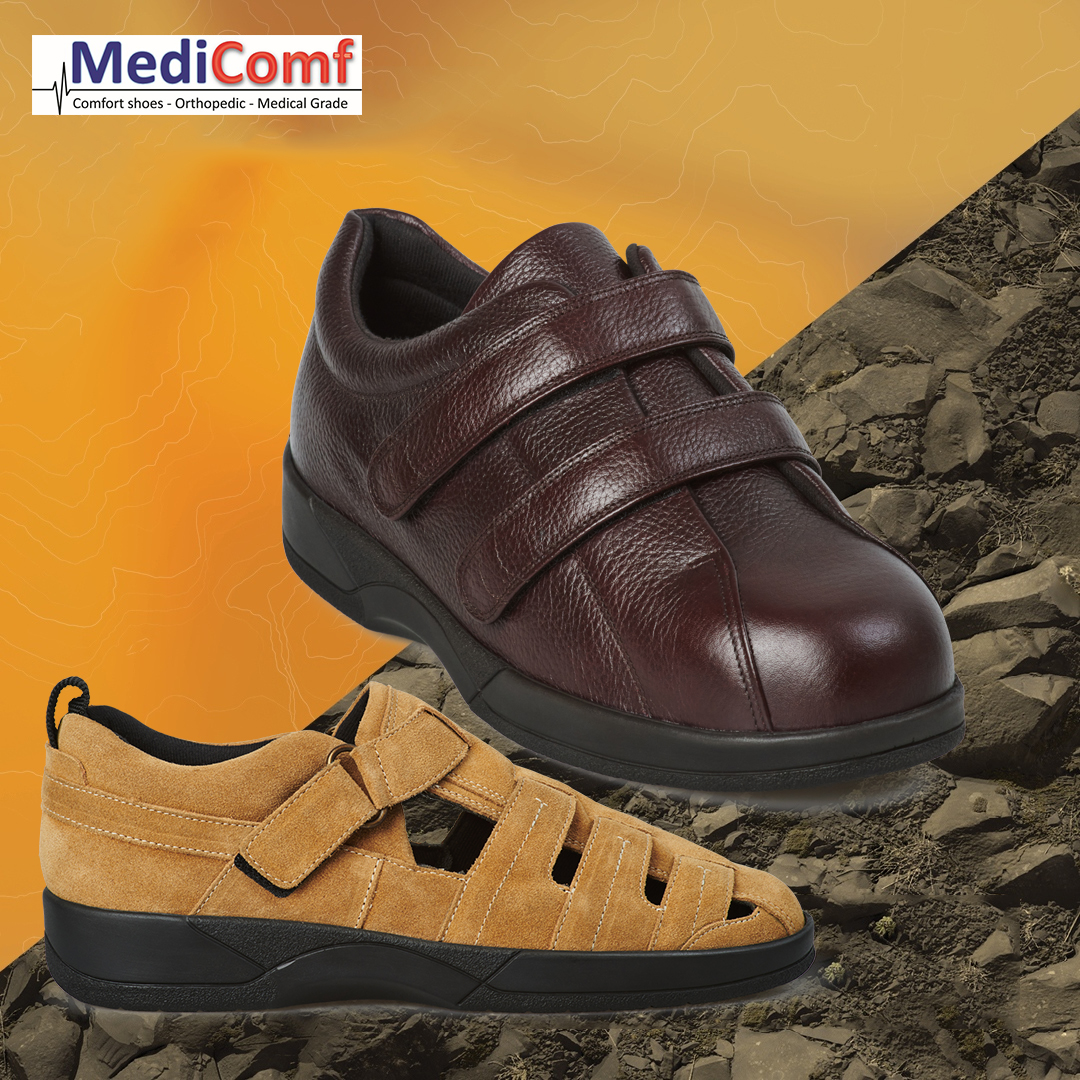
Shoes
